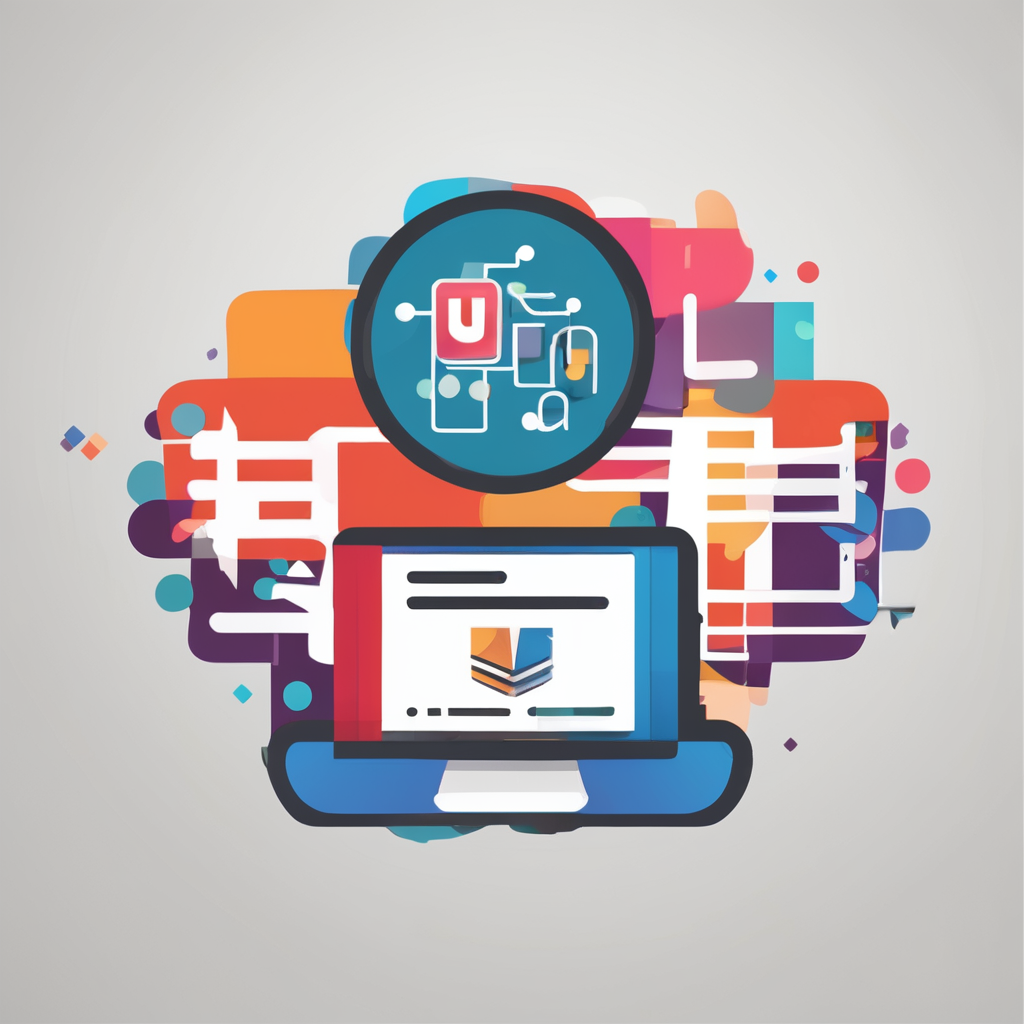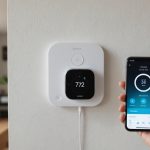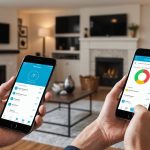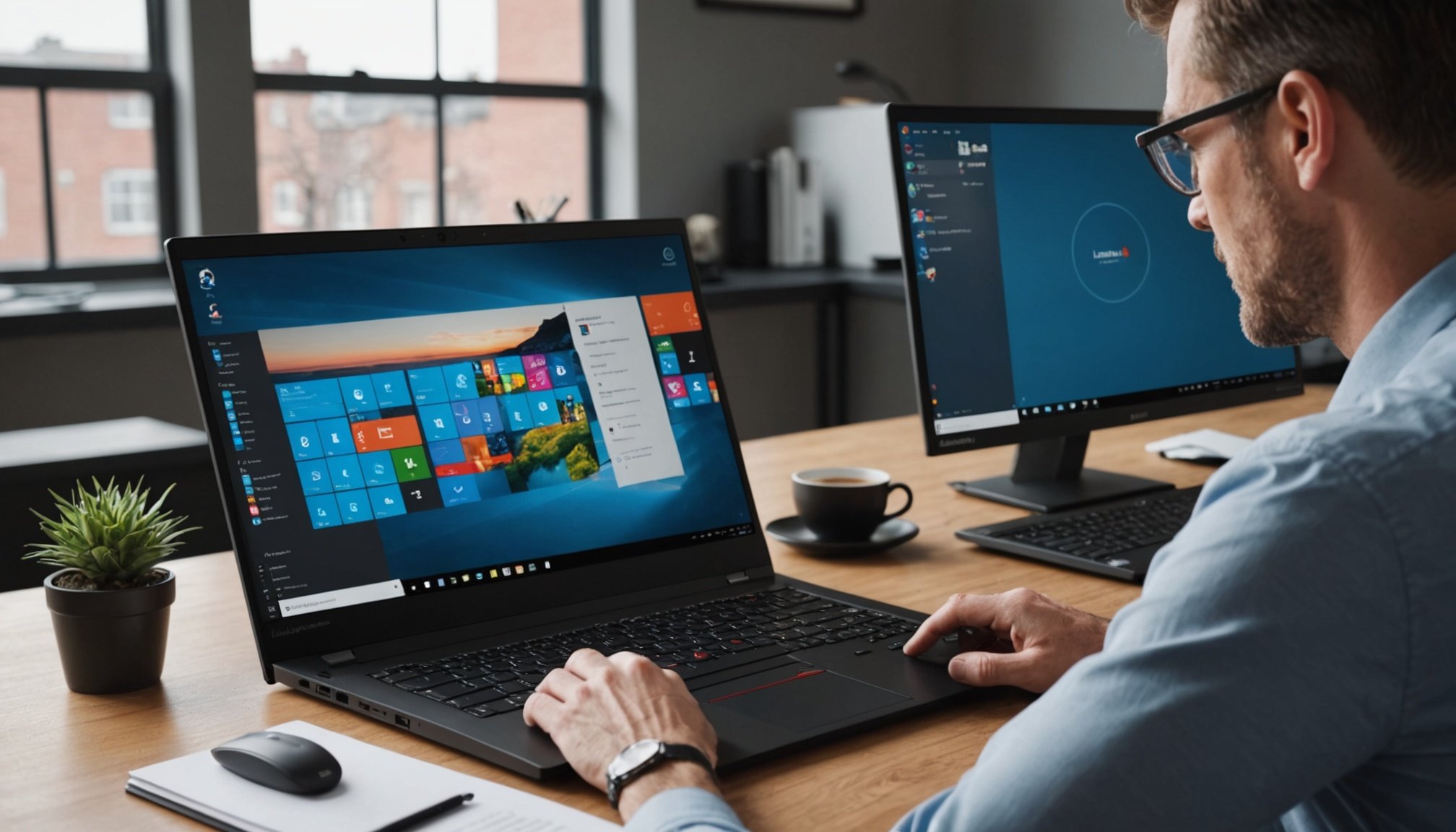Importance of Dual Monitor Setup for Remote Work
In the fast-evolving realm of remote work, a dual monitor setup brings transformative benefits. The primary advantage lies in enhanced productivity. By having two screens, workers can simultaneously manage different tasks—from video meetings on one screen to document editing on another—seamlessly boosting multitasking abilities. This capability is crucial as it allows employees to view multiple sources of information without toggling between tabs, thereby reducing errors and the time required to complete tasks.
Moreover, dual monitors can significantly improve workflow efficiency. With additional screen real estate, organising applications and documents becomes more intuitive. This setup supports smoother transitions from task to task, which is particularly helpful in creative professions or roles that demand data analysis. Employees are better equipped to manage complex workflows, leading to more efficient project deliveries.
Also to read : Mastering overclocking: the complete guide to enhancing performance on your asus rog crosshair viii hero with liquid cooling
Finally, the ergonomic benefits of a dual monitor setup must not be overlooked. Proper placement of monitors—optimised at eye level and at a comfortable distance—prevents neck and eye strain, fostering a healthy work environment. Ergonomic stands or arms can be utilised to customise setups according to individual needs, creating a comfortable and productive workspace for prolonged working hours. Thus, for remote workers, embracing a dual monitor setup can be a pivotal step towards achieving peak performance and maintaining well-being.
Compatible Devices and Requirements
For those who own a Lenovo ThinkPad X1 Carbon, understanding its specifications and connection options is crucial for setting up a monitor compatibility. The ThinkPad X1 Carbon is equipped with a variety of ports including USB-C, Thunderbolt 3, HDMI, and USB-A. This diversity allows users to connect to several types of monitors effectively.
Have you seen this : Unlocking your trading potential: a comprehensive guide to setting up a high-resolution multi-monitor display with the nvidia quadro p2000
When selecting a monitor for a dual setup, it is recommended to consider displays that offer high resolution and refresh rate that complement the ThinkPad’s capabilities. Some popular options include brands like Dell UltraSharp and Samsung Odyssey series, which provide exceptional visual clarity and performance.
To establish a seamless connection between the ThinkPad X1 Carbon and your chosen monitors, connection types and necessary cables must be accounted for. Utilize Thunderbolt 3 or USB-C cables for optimal data transfer speeds and power delivery. If your monitor requires an HDMI connection, ensure you have a suitable adapter to facilitate this link.
In summary, understanding the compatibility and requirements between the ThinkPad X1 Carbon and peripheral choices ensures an enhanced dual-monitor experience. Having the right combination of hardware and adapters streamlines the transition between tasks, maximising efficiency.
Configuring Your Lenovo ThinkPad for Dual Monitors
Setting up a dual monitor configuration on your Lenovo ThinkPad X1 Carbon can transform your workflow. Follow these steps to ensure a smooth installation:
Firstly, physically connect your monitors to the ThinkPad. Use the appropriate ports: HDMI, USB-C, or DisplayPort, depending on the monitor and ThinkPad models.
Once connected, you’ll need to adjust your Windows settings for the display setup. Right-click on the desktop and select “Display settings.” Here, you will see a graphical representation of your connected monitors.
Ensure the optimal arrangement of the screens by dragging and aligning them. This configuration allows you to transition seamlessly between displays.
Next, set the resolution for each monitor. It’s crucial to match the resolution to the monitor’s native setting for the best visual experience. Choose each monitor from the display settings and set their resolutions accordingly.
Moreover, consider adjusting the display scaling. This feature allows text and images to appear correctly proportioned, especially on monitors with different sizes or resolutions. Test various scaling options to find one that suits your needs.
By taking these steps, your dual monitor setup will be both effective and efficient, enhancing your productivity and viewing comfort.
Essential Software for Dual Monitor Optimization
Boosting productivity with dual monitors relies heavily on choosing the right productivity software. Among the top recommendations are screen management tools such as DisplayFusion and UltraMon. These tools serve to optimise window arrangement, allowing for seamless multitasking across multiple screens. DisplayFusion, for instance, offers customizable features like split screens and precise mouse management, ensuring that your workflow remains efficient and uninterrupted.
For those frequently involved in remote collaboration, software like Zoom and Microsoft Teams cater specifically to dual-display setups. They allow users to conduct meetings on one monitor while managing notes or documents on another, providing a streamlined approach to multitasking. This setup significantly enhances workflow enhancement by facilitating real-time collaboration without sacrificing organization or clarity.
Managing numerous tasks simultaneously can be challenging. However, with productivity software like Trello or Asana, users can maintain oversight of their projects across more than one screen. These platforms empower teams to assign tasks, track progress, and establish deadlines, which optimizes the workflow and keeps the team aligned.
Thus, integrating these tools with dual displays not only enhances productivity but also elevates the overall work experience, catering both to individual needs and collaborative efforts.
Troubleshooting Common Issues
Setting up dual monitors can enhance productivity, but occasionally, users encounter challenges. Problems such as display flickering, incorrect resolution, and connectivity issues with external monitors can be common.
Identifying Common Problems
Typical issues include one monitor not being detected by the computer or the displays mismatching in resolution. Recognising these display problems early can save time and frustration. For example, incorrect screen resolution might cause windows to appear distorted or unreadable.
Solutions for Display Flickering and Resolution Problems
Flickering screens can often be attributed to loose cables or outdated graphic drivers. Ensure all connections are secure and consider updating your system’s display drivers. Adjusting the monitor refresh rate can also mitigate flickering. If resolution issues persist, manually configure settings via the operating system’s display settings panel. This often involves setting each monitor to its native resolution to ensure crisp visuals.
Tips for Resolving Connectivity Issues
Should connectivity woes arise, confirm that all cables are intact and correctly plugged into the computer and monitors. For multi-monitor setups, using HDMI, DisplayPort, or VGA connections as recommended by the monitor and computer manufacturers can often resolve lag or non-detection issues. Sometimes, a simple restart can help the system recognise all connected monitors.
Tips for Maximizing Productivity in Remote Work
In the world of remote work, implementing effective strategies is crucial for maintaining productivity. One significant way to enhance efficiency is by organizing your windows and applications methodically. Utilize tools like virtual desktops to separate work from personal tasks; this prevents clutter and helps maintain focus.
Adopting multiple displays is another technique that can revolutionize your remote work experience, allowing you to manage various tasks without constantly switching windows. Place communication tools on one screen and project work on another, thereby reducing distractions and improving multitasking capabilities.
Finding a work-life balance is essential to sustain productivity over time. Establish clear boundaries by designating a specific workspace and setting working hours. This separation helps you switch “off” work mode at the end of the day. Incorporate regular breaks to sustain your energy and prevent burnout. You may use time management techniques, like the Pomodoro Technique, which segments work into focused intervals followed by short breaks.
By incorporating these strategies—organizing applications, utilizing multiple displays, and balancing work-life boundaries—you enhance your productivity in a remote setting while ensuring a balanced personal life. Implement these productivity tips for a more structured and satisfying remote work experience.











